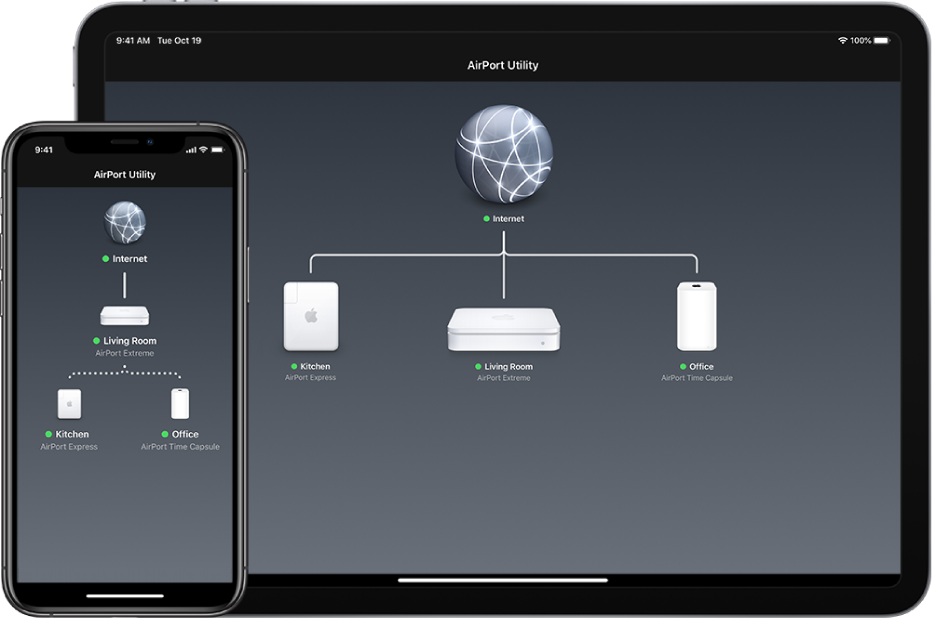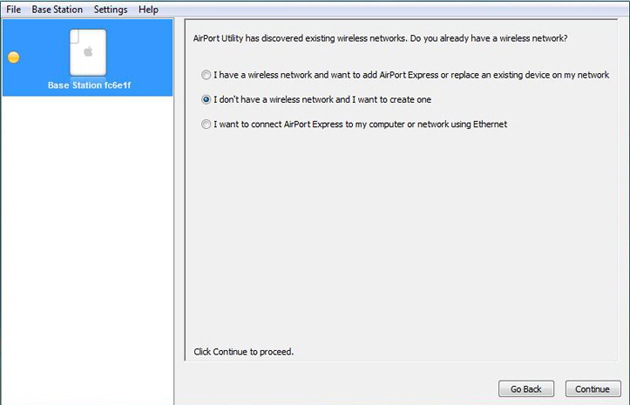
:max_bytes(150000):strip_icc()/001A-set-up-apple-airport-express-2000740-dfa11cc7632b484186d1473eb2f19180.jpg)
Airport utility mac os x free#
There are iOS apps for the same purpose, like the free Fing and the $3 LAN Scan. One such app, iNet, is available on the Mac App Store. You can also turn to multiple third-party apps. Thus, you may need to specify the device port rather than ‘airport’, for.

The device name could be airport, en0, en1, etc, depending on the Mac hardware and the version of OS X. networksetup -setairportpower airport off. The network device name will determine how the proper syntax is entered. You won’t necessarily see friendly names for the devices it finds, but you’ll at least get a list of all the local IP addresses in use that it discovers. Turn Wi-Fi Off via Command Line in Mac OS X. In Terminal, you can use the arp -na command, which will list out devices it finds using the address resolution protocol. So if you want to find the IP addresses of other devices connected directly to your base station, you might prefer another option.

Airport utility mac os x mac os x#
You can stil grab the old version of the utility from Apple, though you need a little help to install the app on Mountain Lion, since the installer (falsely) reports that AirPort Utility 5.6 is incompatible with Mac OS X 10.8.īut while you can force AirPort Utility 5.6 to install on Mountain Lion, there’s no guarantee that the app will continue to work on OS X 10.9 Mavericks or beyond. There’s no way to use the app to list off the IP addresses and names of devices plugged directly into the base station. AirPort Utility 6.x, however, only lists devices connected to your base station over Wi-Fi. AirPort Utility 5.6 could show you all the devices connected to your AirPort base station-wired and wireless alike.


 0 kommentar(er)
0 kommentar(er)
